We Indians love going for long drives, weekend getaways or short road trips to mountains or beaches with our friends or family. Some of us regularly plan road trips while some are just amused by the road trip journey as shown in Web Series & Movies.
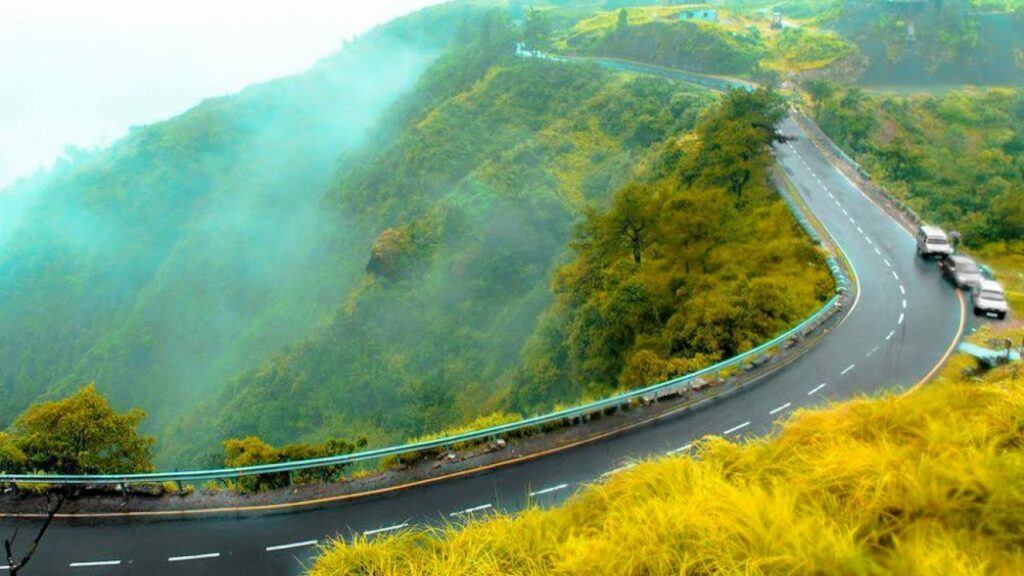
But do we know about the highway driving rules or are we following them properly? Highway conditions in our nation are capricious, particularly on roadways with no traffic authorities, it’s essentially a wilderness out there. In this way, you should be significantly more mindful of these circumstances. Along these lines, here are a few significant things to remember before you set off on that excursion.
Tips To Keep In Mind While Driving
1. Set a Cruise Speed
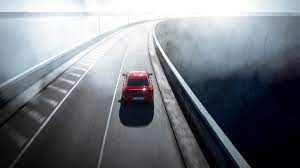
Speed is one of the most ignored angles about parkway driving. Keeping up with high rates on interstates is simple, as streets are more extensive and traffic is by and large light. Assuming some signs show a speed breaking point of 90kmph, use them as an aide and stick near it. It’s additionally a decent practice to survey street conditions and set your speed appropriately.
This, in any case, isn’t difficult. There’s no implementation in the first place and afterwards, you frequently attempt and stay aware of the remainder of the traffic, every one of whom is probably going to be going excessively speedy. In this way, the best thing to do is evaluate the street, see the conditions and set your speed. Wet streets, late evening driving, high rates and firmly stuffed expressways should in a split second set off alerts. Notice, dial back. Assuming the street opens up and the permeability is great accelerate a little and partake in the street, however, be shrewd with regards to it and consistently remember slowing down distances.
2. Lane Driving
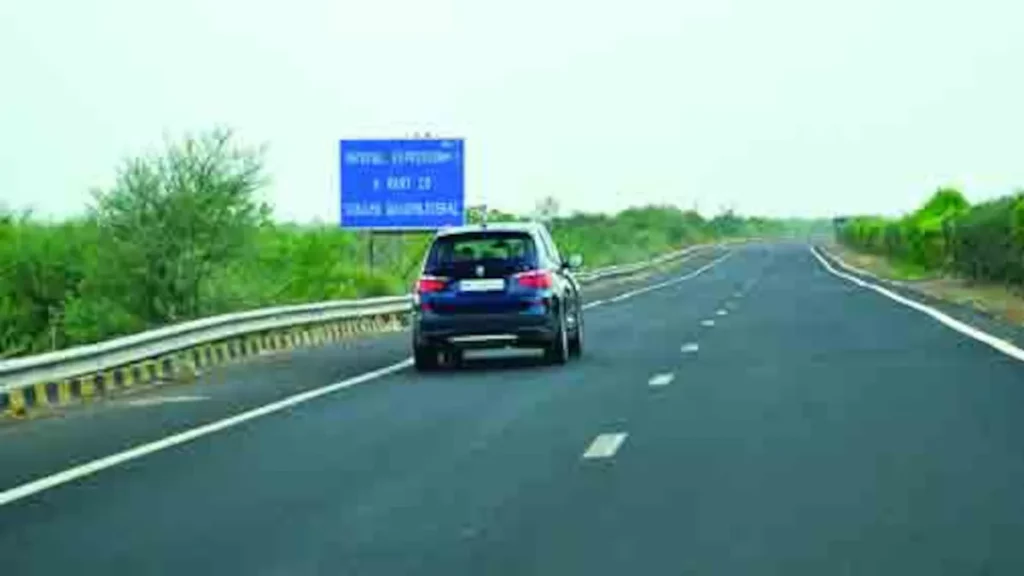
Exchanging paths is among the main driving moves. It turns out to be particularly vital on interstates, where most vehicles travel at higher rates. Quite possibly the most well-known mistake is driving in some unacceptable path. The right-most path (fast track) is implied only for overwhelming, however is frequently abused as a driving path. A sluggish vehicle can be a risk here.
Assuming that you want to change your path, ensure you give the suitable signals and watch out for the differential in speed. Take action Just once you’re certain there’s a hole adequately safe.
3. Vehicle to Vehicle Distance
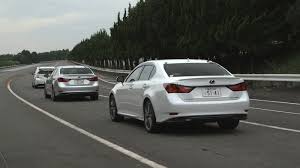
While driving, keep a wide distance between your vehicle and the people around you. Traffic is generally flighty and there could be a circumstance where the vehicle in front of you could out of nowhere brake. A safe distance between that vehicle and yours gets you sufficient opportunity to slow down or keep away from a crash. Continuously adhere to the 3-second guideline. Search for an extension or billboard as a source of perspective point and check the time you take to arrive after the vehicle before you pass it. It is encouraged to keep this time at least 3 seconds. Around evening time, increment that chance to around 5 seconds. Be more careful assuming you are passing through weighty rains or mist.
4. Keep Your Vehicle Within Limits
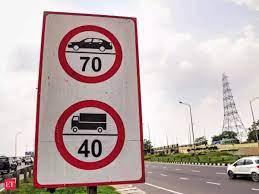
We comprehend the desire to speed up, but at the same time, it’s essential to pay attention to your vehicle. The hard truth is that a few vehicles are not made to be pushed, and these are the ones that sell in big numbers. A simple method for checking this is to notice the RPM of your vehicle. The higher it goes, the more you’re pushing the vehicle. While cruising, the RPMs ought to preferably lie in the middle 2000-3000.
5. Overtaking
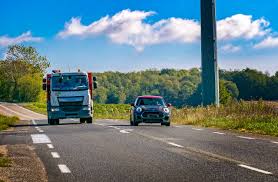
One more urgent part of expressway driving is overwhelming — right judgment and timing are the essential places of concentration. When on a double carriageway, judge the speed of the vehicle before you, and watch out for vehicles in the bordering path or those coming in from the other side.
To start with, expect the speed of the vehicle before you by giving the impending vehicle a long hard look. Think film, not depiction, the previous will assist you with deciding speed. Check for vehicles coming in from the other side before you pull out from the path. Ensure you have the suitable stuff chosen. Higher stuff will take additional time, thus, going to a lower gear is encouraged. Whenever you have surpassed the vehicle don’t abruptly move once again into the driving path. Assemble the hole among yours and the surpassed vehicle and just once it appears to be suitable, switchback. Keep in mind, these bearings are for double carriageways.
6. Signalling
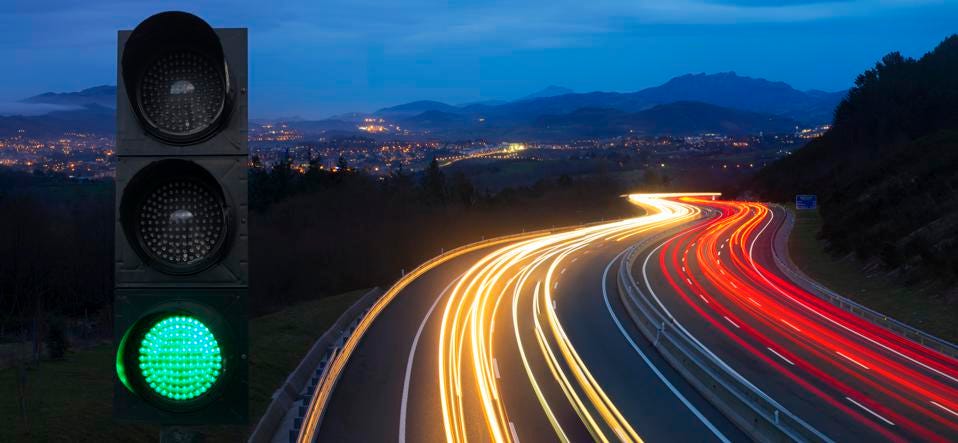
While you ought to forever know about the developments of vehicles around you, you genuinely must inform different drivers out and about of your developments. Continuously demonstrate while switching to another lane. If you notice a redirection or a check ahead that expects you to slow down out of nowhere, turn on your dangers a long time before pausing and dial back. Try to demonstrate when re-joining the expressway after a stop.
7. Use Of Third Eye
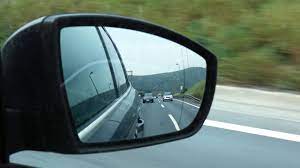
Mirrors on your vehicle resemble an additional arrangement of eyes. It is profoundly vital to check the mirrors continually. Make it a propensity to look at each of the three mirrors. Each time you need to take action, investigate within back view reflect. The wing mirrors ought to likewise be taken a gander at, at standard stretches. While surpassing and moving to another lane, the primary thing to do is to check if a vehicle is drawing closer from the back. Be careful with vulnerable sides as mirrors can’t project the whole view. Some of the time, the vehicles may be past the mirror reach and right other than your vehicle, so watch out. You can introduce vulnerable side mirrors which are fundamentally little fish eye reflections that can be connected to the side mirrors. They give you a more extensive territory and assist with diminishing vulnerable sides.
Every development at high rates is pivotal, particularly one that includes adjusting bearings. Before you switch paths, check your mirrors and ensure that there’s nobody quickly behind/close to your vehicle. Inconsistent developments can bring about a few extremely serious repercussions, so if it’s not too much trouble, look and afterwards make your turn.
8. Regular Stops
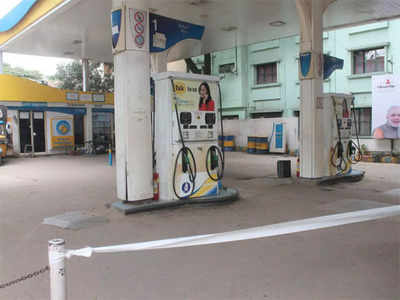
Stops at standard stretches are significant while on long parkway drives. Incidents because of driver weakness are the reason for around 20% of the mishaps on roadways. Propelling yourself just to make up time is the last thing you would need to do on a lengthy drive. A propensity to enter a daze like a state after constant driving is a typical characteristic you may insight and is called roadway spellbinding. Driving extended periods at a consistent speed and on comparable streets, with the lodge at a steady temperature, prompts the previously mentioned peculiarity. Remain hydrated and continue exchanging among ‘recycling’ and ‘outside air’ modes on the air-con. An adjustment of temperature assists you with remaining more ready. Assuming you are too languid to even consider coming to the following designated spot, lay down for a speedy rest by the roadside. Assuming that you’re in good company, continue to trade drivers. Additionally, try not to allow the fuel to even out dip under the quarter tank. Streets ahead probably won’t have fuel stations or may be shut. Try not to take a risk.
9. Rain Driving
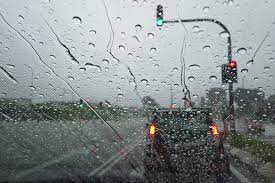
Driving in wet conditions expands the danger factor significantly more. There are many inadequately kept up with vehicles out and about which hole oils and liquids. Blended in with water, this is a risky mix and if you don’t watch out, there could be no kidding results. Limit your speed and stay away from wet fixes and puddles if possible. Passing through pools of water at high rates ought to stay away from it no matter what as it might prompt the vehicle hydroplaning wherein the tires lose hold and footing and the vehicle could go wild. Likewise, try not to slow down excessively hard as it is hard for tires to acquire hold on wet streets and can prompt the vehicle to slide off the street or into another vehicle. During weighty downpours, keep the headlights on during the day as it helps different drivers see your vehicle. Use your dangers provided that you halt.
10. Vehicle Breakdown

This is among the most downplayed highway driving standards. Under-support of vehicles is an undeniable issue, and it prompts numerous mishaps
In an awful circumstance where your vehicle has had a breakdown, it is critical to resist the urge to panic and follow these means. Dial back bit by bit and begin moving to the shoulder of the highway. Stop cautiously with the vehicle well under the shoulder lines and switch your risk lights on. Place the danger triangle behind the vehicle at around ten to fifteen feet to caution different drivers. Look at the harm and in like manner call for help. Likewise, note down highway help contacts and search for crisis call boxes as well; they are accessible all through the roadway at set distances. Around evening time, switch on the inside lights to make the vehicle as apparent as possible. Continuously attempt and remain in the vehicle until help shows up.
11. Always Wear Seat Belt
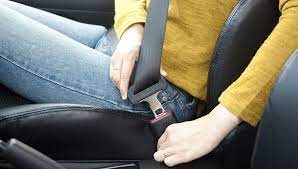
You may believe that this point is too clear to even think about expressing, and it is, however many individuals don’t wear their safety belts. We can’t pressure enough on the significance of wearing a safety belt. The airbags won’t deploy if you are not wearing the seat belt. Manufacturers are likewise effectively guaranteeing individuals to wear safety belts by introducing alerts and admonitions. Notwithstanding, Indians have found too many ‘Jugaads to stay away from this large number of admonitions.
12. No Overspeeding
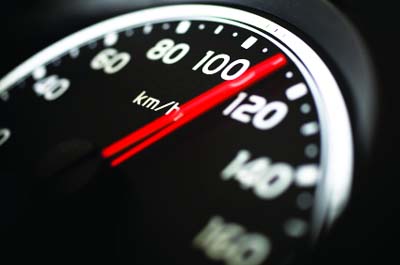
Over-speeding is probably the main motivation that causes mishaps on interstates. We are not experienced to the point of taking care of vehicles/bicycles at such high velocities, and it gets undeniably challenging to keep up with security and control vehicles. The most effective way is to keep a steady speed, where you and your travellers are agreeable and your vehicle is every available ounce of effort in your control.
13. Always Be Attentive

Driving is about the presence of the psyche and astonishing reflexes. Carefulness is the main ability that a driver ought to be furnished with. Continuously know about what’s happening in front of you, behind you and on your sides. Presently, this doesn’t imply that you take a gander at your mirrors more than checking out the street! Keep a decent equilibrium and watch out for all moving things around you.
This was all about safe highway driving. Ride carefully to ensure a safe journey.
Thank You, Readers 🙂